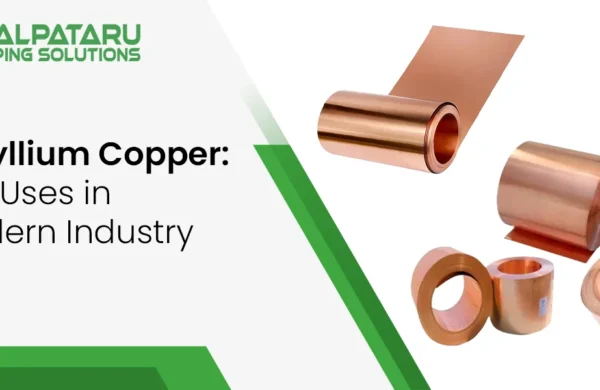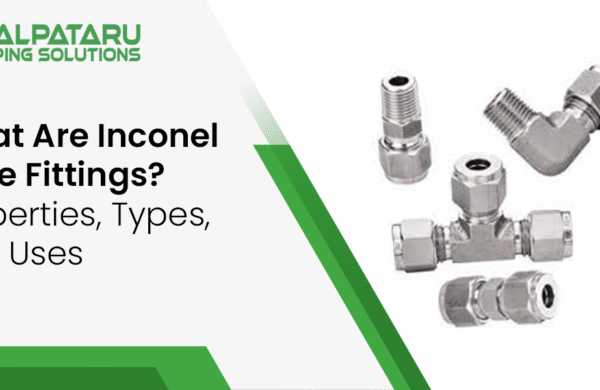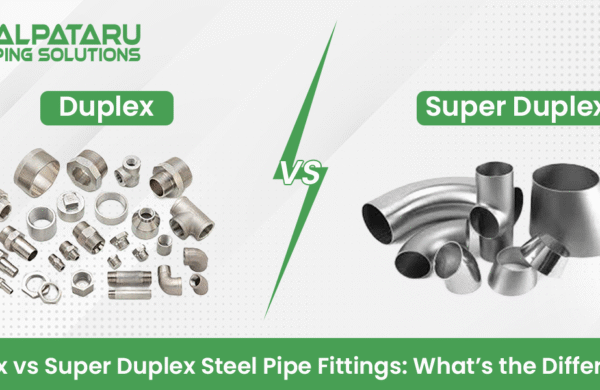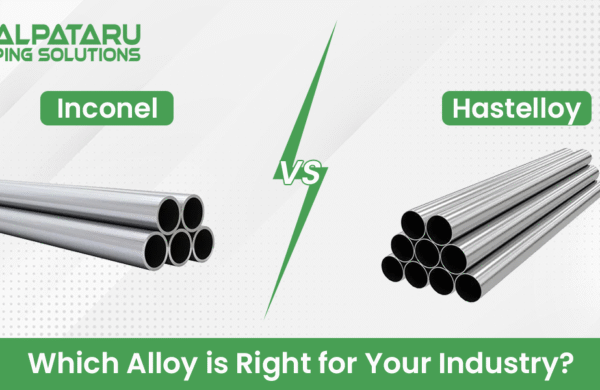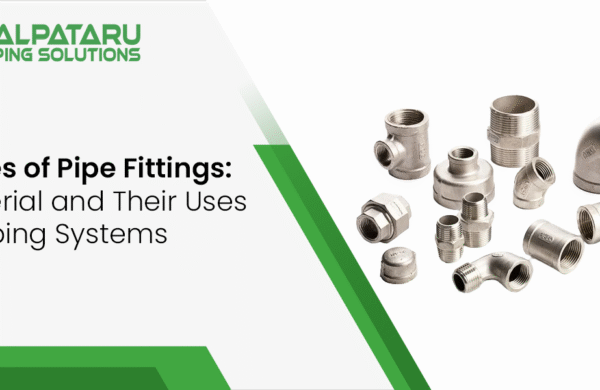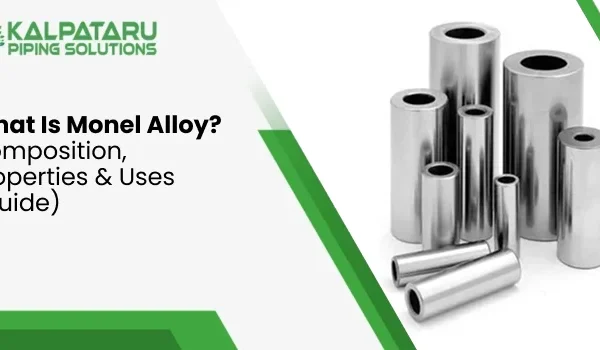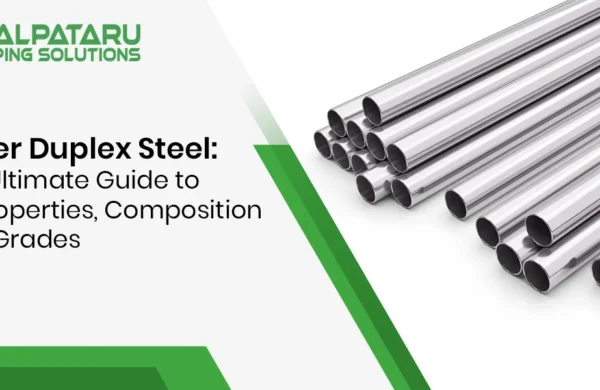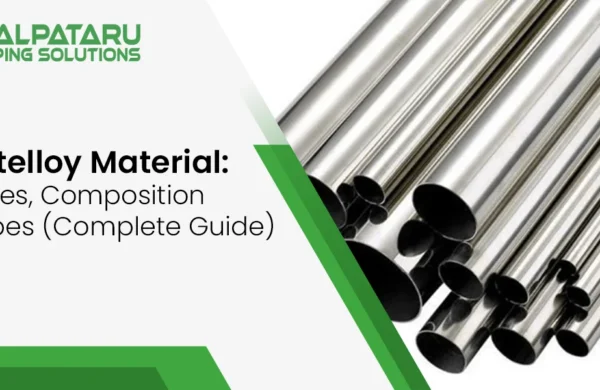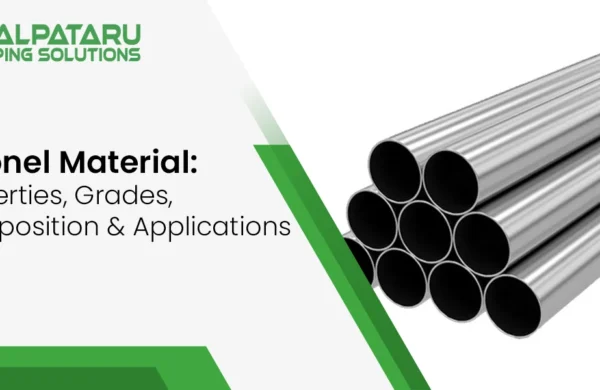Inconel 600 vs 718: Properties, Applications, and Performance Compared
The materials employed in the harsh environment of industrial application, either in aerospace and power generation products, chemical processing or oil and gas, may be the most significant consideration in the success and safety. Ordinary …
Read More "Inconel 600 vs 718: Properties, Applications, and Performance Compared"

